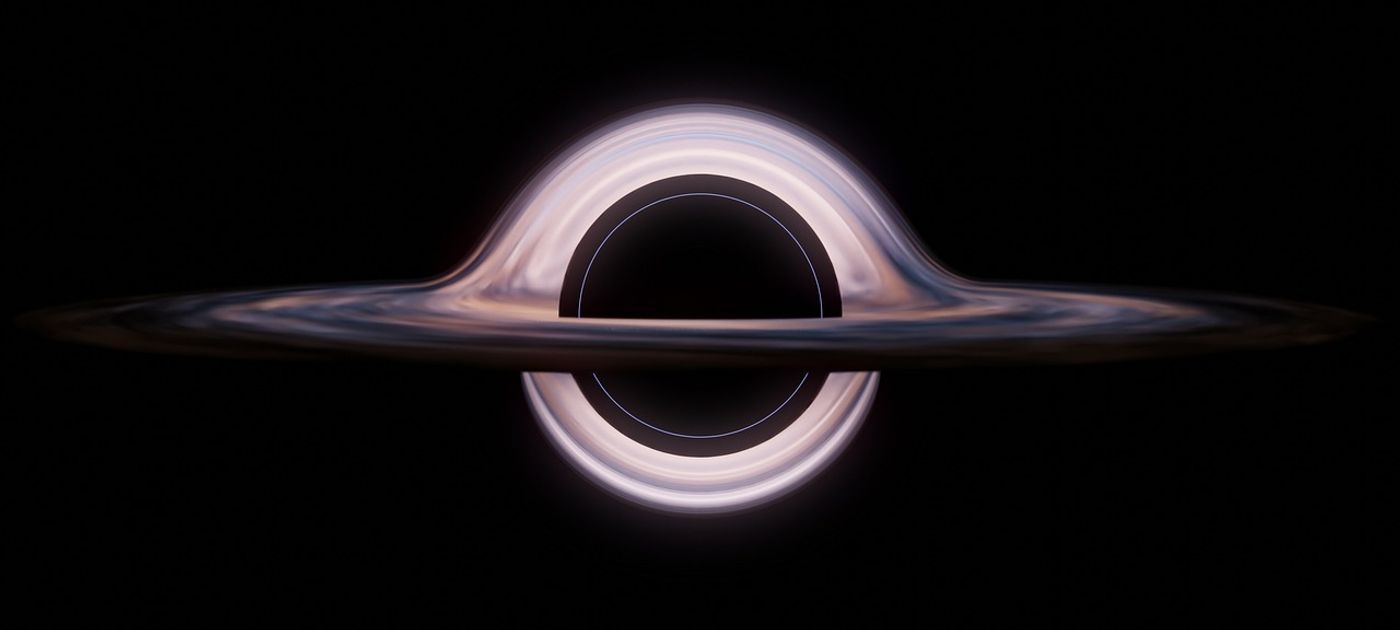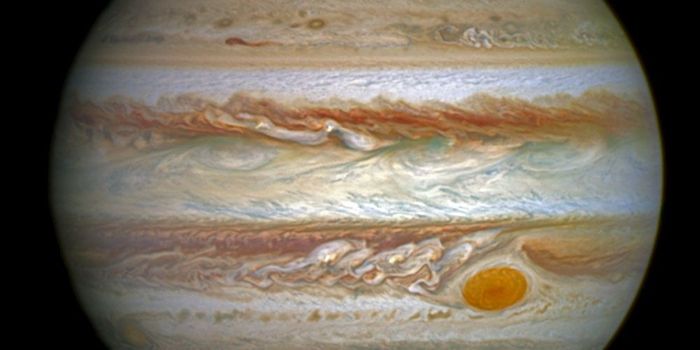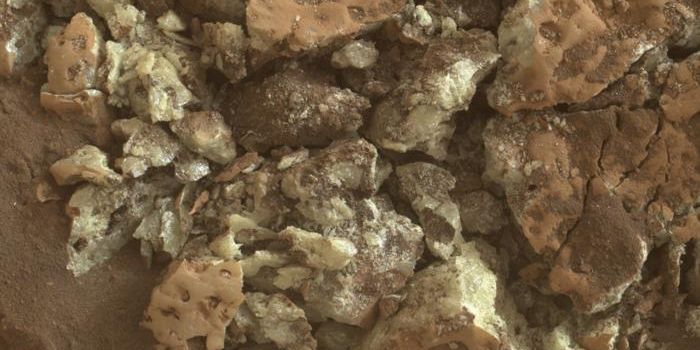Bright X-Rays Detected from Halfway Across Universe from a Supermassive Black Hole Jet
In a recent study published in Nature Astronomy, an international team of researchers led by the Massachusetts Institute of Technology (MIT) have examined a source of X-rays that are approximately 8.5 billion light-years away, or halfway across the universe, that has been determined to emanate from a supermassive black hole eating a nearby star, with the black hole itself shooting a jet of matter at near the speed of light. This study holds the potential to help give us a better understanding of the growth and evolution of supermassive black holes.
The X-ray signal has been named AT 2022cmc—with its name indicating the year it was observed—was discovered by the Zwicky Transient Facility at the California Institute of Technology. As noted, the researchers observed the supermassive black hole devouring a nearby star, also known as a tidal disruption event”, or TDE. These TDEs are observed by astronomers on a regular basis, but the researchers also note that AT 2022cmc is the brightest TDE found to date, along with being the furthest ever detected.
"Our spectrum told us that the source was hot: around 30,000 degrees, which is typical for a TDE,” said Dr. Matt Nicholl, who is an associate professor at the University of Birmingham, and a co-author on the study. “But we also saw some absorption of light by the galaxy where this event occurred. These absorption lines were highly shifted towards redder wavelengths, telling us that this galaxy was much further away than we expected!"
The researchers note that the X-rays appear as bright as they do possibly due to the jet pointing directly at Earth, while also explaining why the X-rays appear as bright as they do.
"It's probably swallowing the star at the rate of half the mass of the sun per year," said Dr. Dheeraj “DJ” Pasham, who is a research scientist at the MIT Kavli Institute for Astrophysics and Space Research, and lead author of the study. "A lot of this tidal disruption happens early on, and we were able to catch this event right at the beginning, within one week of the black hole starting to feed on the star."
Sources: Nature Astronomy
As always, keep doing science & keep looking up!









